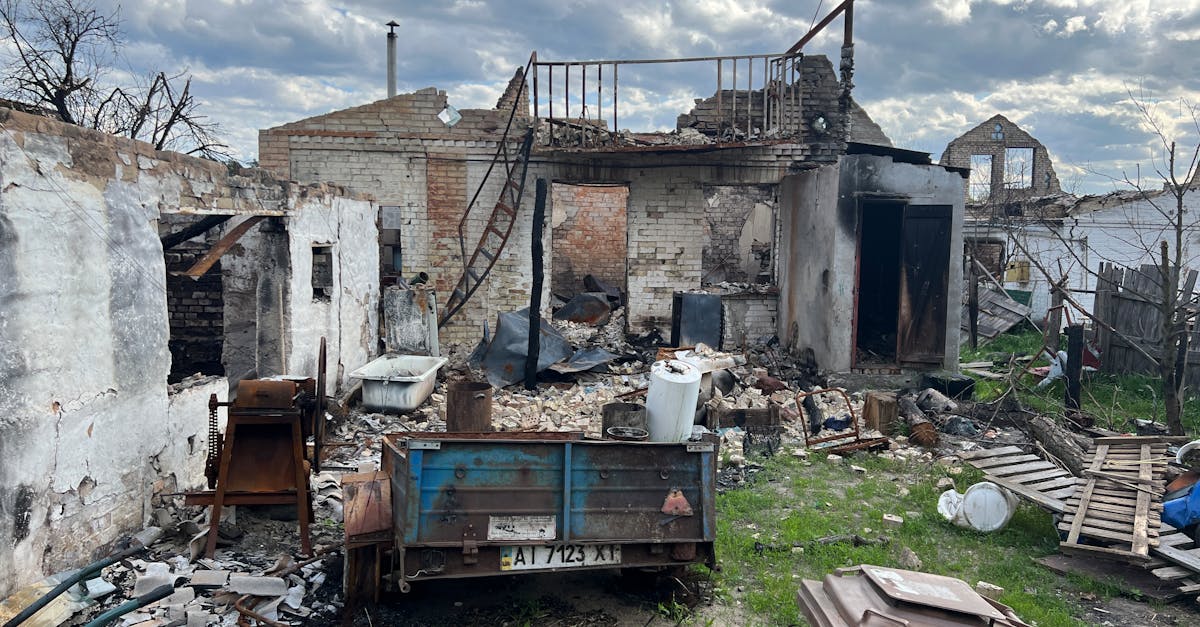Published on:
8 min read
Reviving Value: Your Ultimate Guide to Distressed Properties
Distressed properties present unique opportunities for savvy investors looking to rejuvenate real estate fortunes. In this guide, we’ll explore the ins and outs of investing in these properties, from identifying potential investments to successfully flipping them for a profit.

Understanding Distressed Properties
Distressed properties are real estate assets that suffer from some form of hardship, be it financial, environmental, or physical. Common types include foreclosures, short sales, and properties in disrepair due to neglect or even catastrophic events. Understanding the nature of these properties is crucial for potential investors, as it allows them to assess the risks and rewards involved. Many distressed properties can be acquired at significantly reduced prices, which positions investors for substantial upside if they can successfully restore value. Researching the local market and familiarizing yourself with property laws is the first step in navigating this complex landscape.
Finding the Right Distressed Property
Locating the right distressed property requires a combination of research, networking, and sometimes sheer luck. Investors should start by utilizing multiple resources such as online listings, auctions, and networking with real estate agents specializing in distressed assets. It's essential to conduct thorough evaluations of the properties, including assessing necessary repairs and estimated costs. Additionally, consider the property's location, as desirability can dramatically influence value post-renovation. A property in a promising neighborhood may provide better returns than a similar one in a declining area. Using tools like property analysis software can also aid in making informed investment decisions.
Renovation Strategies for Success
Once you’ve acquired a distressed property, the next challenge is to renovate it effectively. Start by prioritizing repairs based on immediate functionality and safety—this includes electrical, plumbing, and structural issues. Following this, focus on aesthetic improvements, as these can have a significant impact on perceived value. Consider energy-efficient upgrades and modern finishes to attract today’s buyers. Engaging local contractors who understand the specific market needs can also streamline this process. Creating a realistic budget and timeline is crucial to avoid overwhelming costs and ensure the project remains profitable.
Conclusion: Seizing Opportunities in Distressed Real Estate
Investing in distressed properties can be a highly rewarding venture if approached with caution and strategy. By understanding the different types of distressed properties, accurately assessing potential investments, and planning effective renovations, investors can unlock significant value. With the right knowledge and resources, anyone can turn a neglected property into a thriving asset, contributing positively to both personal finances and community revitalization.
Published on .
Share now!










